Amid cryptocurrency buzz and China’s virtual yuan experiments a few years ago, the Federal Reserve for America’s digital dollar received considerable attention. However, this intriguing idea has faded as practicalities and concerns surfaced, leaving us to ponder whether digital dollars are truly for everyone.
The notion of digital dollars promised accessibility to a wider financial system, yet its actual implementation demands a smartphone and a banking relationship, which are often inaccessible to those with lower incomes.
Banking institutions voiced concerns about potential strains on deposits and their stability during financial crises if electronic cash storage became widespread. Politicians expressed worries about government surveillance of everyday transactions. Moreover, the cryptocurrency crash overshadowed digital money’s allure, leading to a gap between the initial hype and its real-world potential.
However, do not disregard this concept entirely. While the everyday use of a digital US dollar might not be on the horizon, a revolutionary leap awaits in interbank and large-scale financial transactions. Picture this as a wholesale digital US dollar, a technological marvel transforming money movement between central banks and major financial institutions.
Researchers from the New York Fed and top banks have experimented with simulated digital payments. Their findings highlight the potential to harness blockchain-like technology, enabling swift and seamless money transfers globally, 24/7.
Today’s US dollars are already digital. Rather than being stacks of paper, they exist as digital entries within bank accounts. Shifting these funds is a matter of altering entries on a computer.
Yet, the speed of cross-border transfers often needs to catch up. Such transfers necessitate multiple changes across segregated databases involving banks and the Federal Reserve. Consequently, each step becomes a series of messages seeking confirmation, causing delays and complications, especially on weekends and holidays.
This challenge presents an opportunity for countries seeking to diminish the US dollar’s dominant role in international payments. Currently, nearly half of global trade relies on US dollar invoicing. This supremacy keeps US borrowing costs lower and bolsters currency stability. Moreover, it facilitates the enforcement of economic sanctions as US dollar transactions flow through US-regulated banks.
In conclusion, the allure of digital dollars might have dimmed for now, but behind the scenes, a quiet revolution is unfolding. As technology advances and global financial systems evolve, digital currencies intrigue and shape the future of finance, perhaps in ways we have yet to comprehend fully.


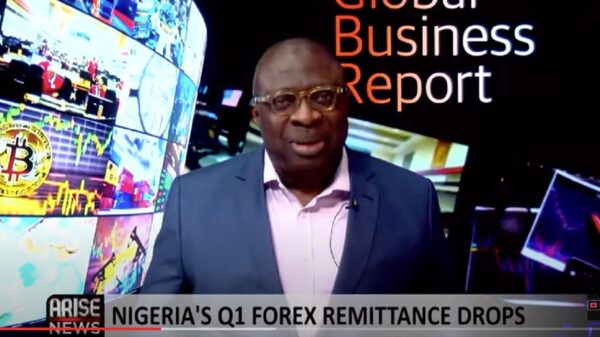

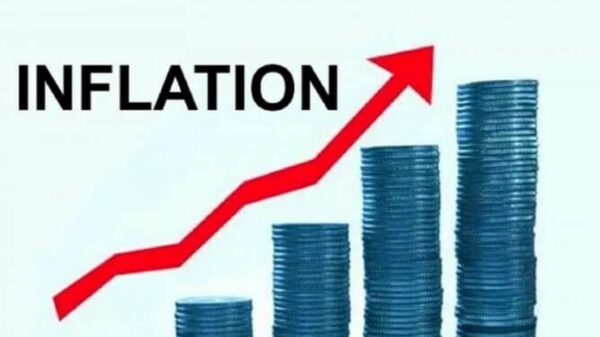








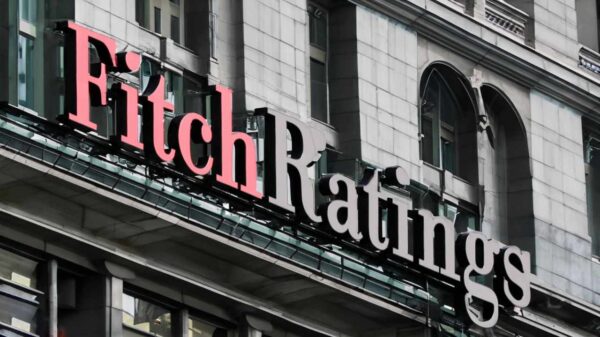




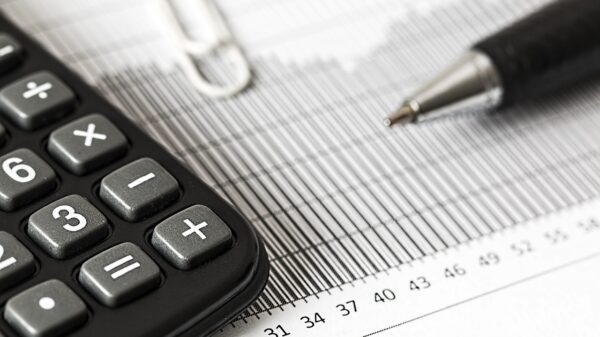





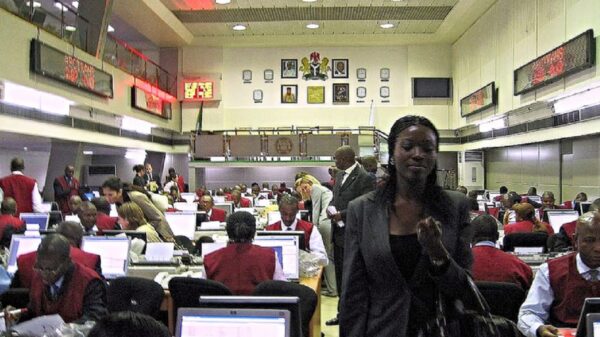

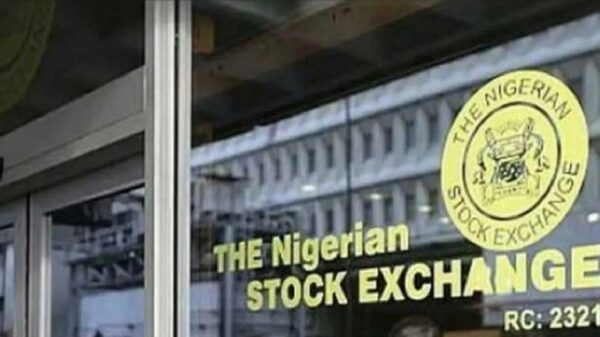
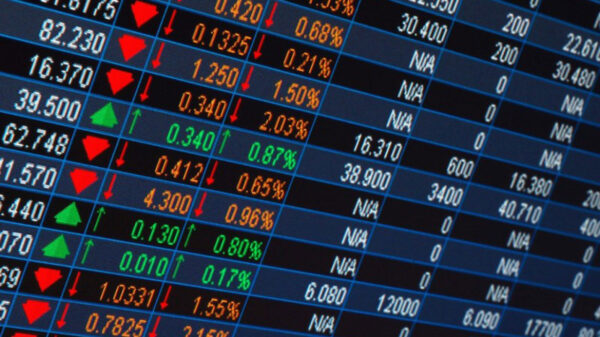

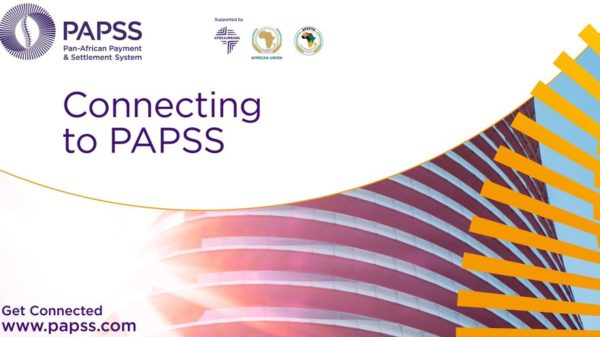




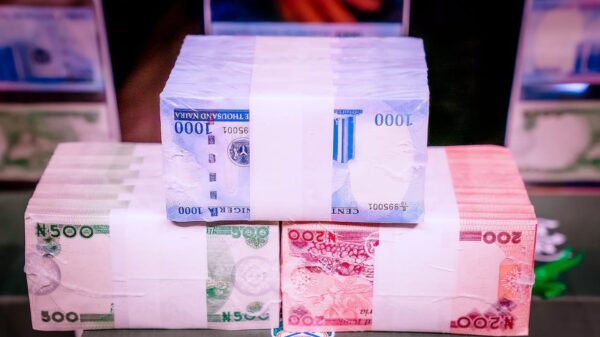
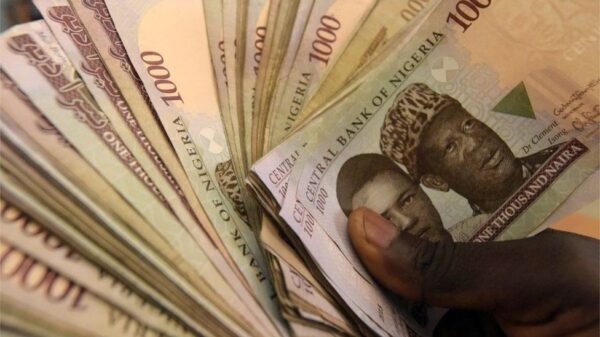
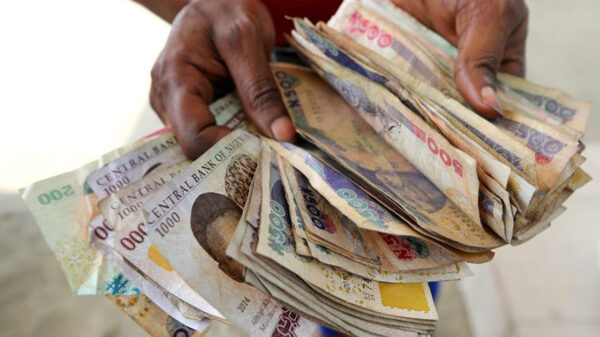
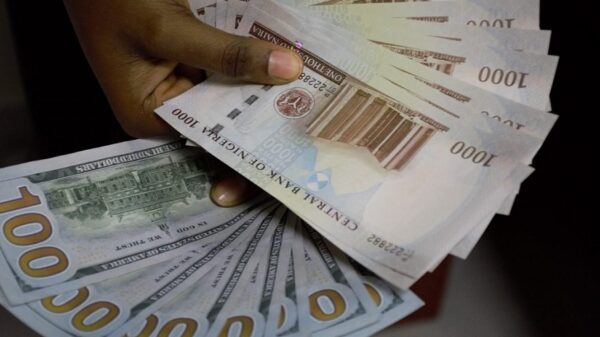




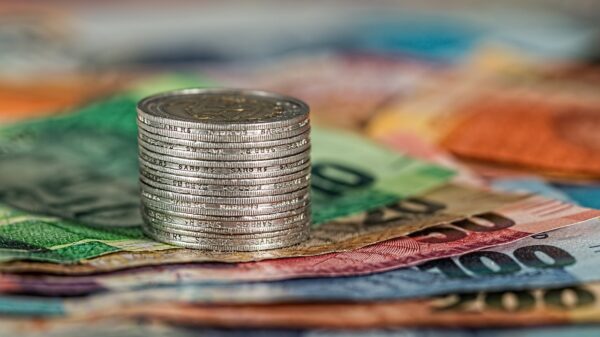


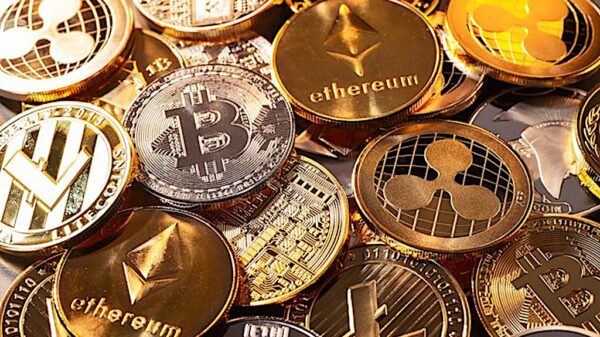








You must be logged in to post a comment Login